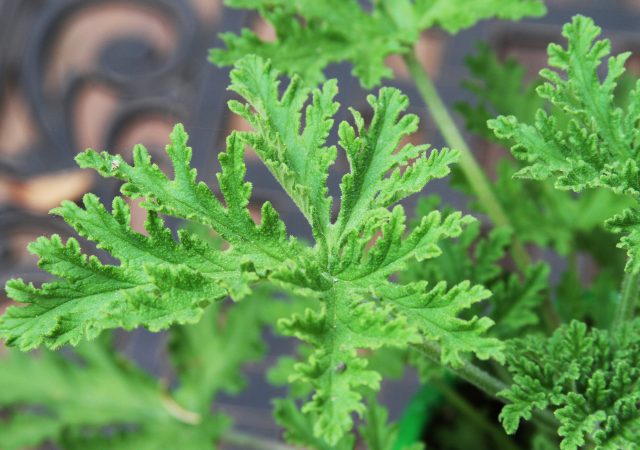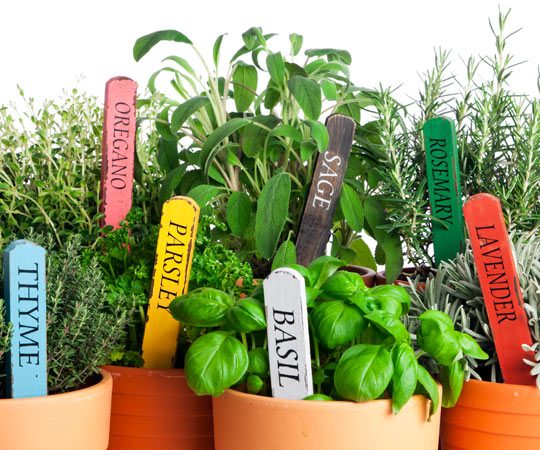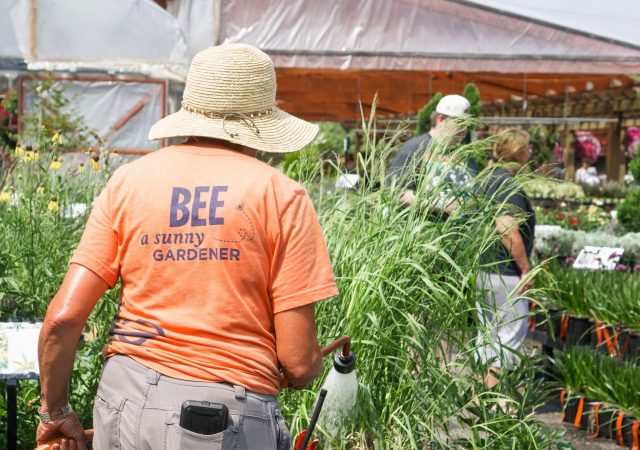In mid to late summer, some plant problems, like fungus, can start to become noticeable. Fungal diseases can look ugly, but don’t worry – they are not fatal to your plants and won’t do too much damage. Plus, most fungus issues can even be prevented! If you do encounter fungus on your plants, just remember it can be treated and your plants will more than likely recover beautifully. Learn how to recognize powdery mildew and black spot, and how you can prevent and treat them in your own garden.
Powdery Mildew
Powdery mildew is a white, powdery coating that can appear on leaves, stems, and flowers. As unattractive as powdery mildew is, it is not fatal to plants, although repeated infections of this disease can gradually weaken a plant. Infected areas can turn yellow or brown, and dead foliage can fall off of the stem. Powdery mildew is caused by high humidity and often affects plants including zinnias, snapdragons, verbena, delphiniums, peonies, lungwort and bee balm.
Black Spot
Black spot begins as black spots on the foliage and are most commonly found on upper leaf surfaces. The plants’ leaves become yellow around the spots and then eventually fall off. This fungal disease often affects roses. Black spots can also appear on rose canes, starting as purple and then turning black.
Prevention & Treatment
To avoid this problem altogether, it is important that you use the proper watering technique when watering your plants. Fungal diseases are often caused by water sitting on the leaves. Remember to âwater the pot, not the plant!â Pouring the water over the soil of the pot instead of the leaves and foliage of the plants will help prevent fungus spots and wasted water.
Water your plants in the morning because it gives the plant leaves all day to dry out. Fungal diseases can only infect the plant foliage if it’s consistently moist during the day. Spacing the plants and removing weeds can also reduce humidity around the plants and provide good air circulation.
If you weren’t able to prevent powdery mildew and black spot, we recommend spraying with a fungicide and fertilizing with a liquid fertilizer. By fall, you should cut back your plant and discard the leaves away from your compost pile if they are covered in spores (a spray of fungicide now will help to kill those spores, but some may linger). Applying fertilizer now will help ensure the damaged, stressed leaves can produce enough energy to be strong next season. Odds are really good that your plants will recover nicely as they come up fresh next season.




